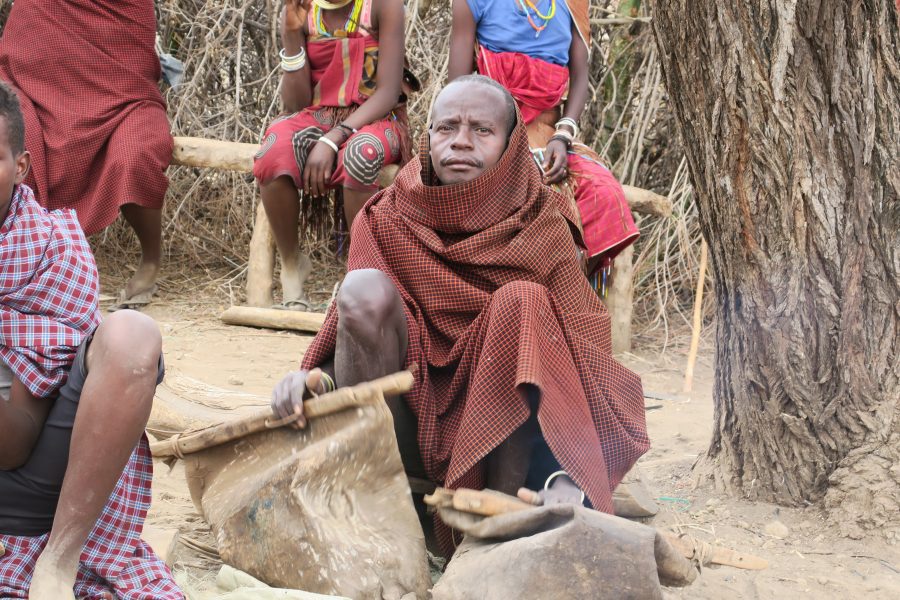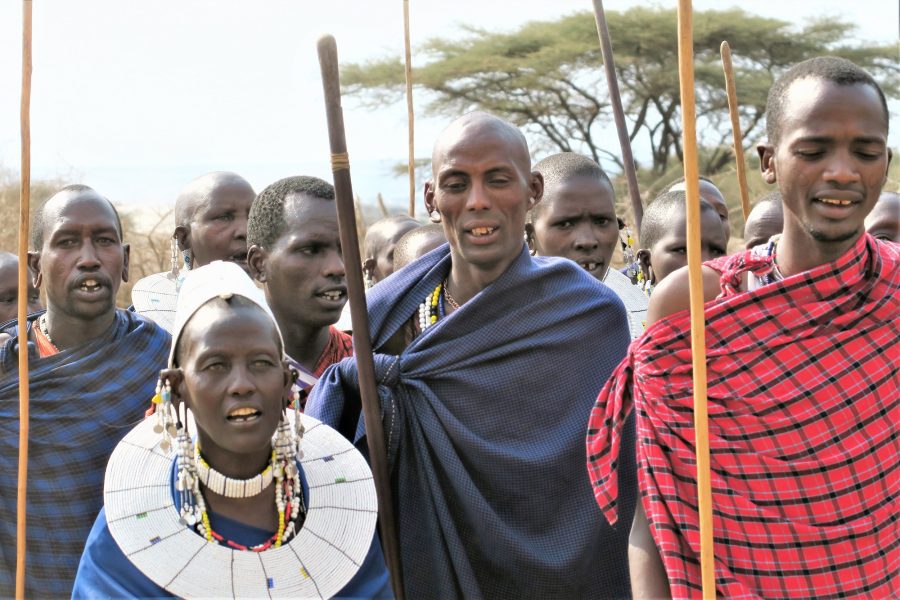The Hadza or Hadzabe are one of the last nomadic tribes of hunters and gatherers, little known before the studies of the American anthropologist Frank Marlowe (1954-2019). It is a tribe of great importance for the study of the evolution of man. The Hadza culture dates back over 12,000 years, before humans began rearing animals and cultivating land.
The origins
The Hadzabe are today a population of about a thousand individuals moving in an area of 4,000 square kilometers around Lake Eyasi. The Hadza culture does not know the numbers beyond four and does not have a scan of time flowing in hours, days, months or years. The Hadza have no writing and do not make drawings or engravings. In the Hadzane language there are, among the consonants, various types of snaps; the snaps are also present in the languages of other ancient tribes of hunters and gatherers, such as the Juhoansi of Namibia and Botswana. The Hadzabe, however, are genetically very distant from any other tribe.
The Hadzabe are peaceful and never attack man: they use their arrows only to hunt animals. The Hadza population has survived despite its meekness and its inability to defend itself thanks to a series of environmental coincidences and historical circumstances. First of all the environment: a fertile and rich in animals, protected by an organization of the territory in parks. Secondly, a weak economy that has protected the environment from urbanisation. Finally, perhaps the most decisive circumstance: the containment of the Masai tribes by the German colonists first and then by the independent state.
The social structure
The absence of conflict also characterizes internal relations: the Hadzabe live in groups of about thirty individuals and have no leaders; the only hierarchy is that of the best hunter; they agree without long discussions on the few decisions that their lifestyle imposes: when to move and which direction to go in. Groups tend to merge during the dry season, and then reoccur during the rainy season. The Hadza have no goods other than those strictly necessary for hunting and gathering food; everyone can easily carry with him, in hand or on his shoulder, everything he has.
The Hadza move in search of food and water, as well as for reasons related to tradition: they interpret the death of a member of the group as a sign of nature that it is time to move.
The social organization is very simple and has no reference figures with medical or religious roles. The hadza society is based only on the subdivision of the roles between males and females: the men take care of the construction of bows, of arrows and of everything necessary for the hunting; the women take care instead of the collection of tubers and grasses, of the fabrication of the baskets, the construction of huts, the making of clothes, jewelry and decorations. Hadzabe women are well treated by husbands and their opinion is taken into account.
Hadzabe are generally monogamous and marriages are not arranged by parents. It can happen that a man has two wives, in case the second wife is the widow of one of his brothers; the opposite does not happen, that is, that a woman must marry the widower of her sister. There is no wedding ritual and there is no exchange of gifts between families: the woman is married from the moment she starts to sleep with her man, in the hut she built! Girls get married around 17, men get married around 21.
The condition of women
One or two years before marriage, unfortunately, the girls undergo an initiation ritual called Mai-to-ko, during which they undergo genital mutilation. The Hadza have probably learned this terrible ritual from the nearby tribe of Iraq (Iraq, both male and female, if they remain widowers, purify themselves by finding a Hadza of opposite sex with which to have sexual intercourse; this custom may have “taught” the Hadzabe the practice of female genital mutilation). As with other tribes, this practice takes place only among women and men are forbidden to attend.
The whole tribal world brings with it, along with the fascination of a culture that we can define as “original”, the horror of practices incomprehensible and rightly reprehensible to our awareness and culture; mediating is impossible, but helping you can and must: By visiting the tribes, we make our economic contribution to their survival, and by supporting the association of the courageous Rhobi Samwelly Hope for girls and women, we contribute to the fight against the practice of mutilation and the containment of its consequences.



